The Palace and the Bridge
Posted by PeterFuchs on April 24th, 2008, filed in documents
A small text as an example of easy theoretical background materials, this time on the Place of Emperor Diocletian and William Gibson’s mind.
The Place and the Bridge
Split is a city in Croatia, with two hundred thousand inhabitants, lying on the sunny shores of the Adriatic Sea, not far from the actual site of the 11th Architectural Exhibition. Spalato, as Split was known in the times of the Ancient Roman Empire, was the personal retreat and castle of Emperor Diocletian from 284 to 305 AD, and until the last few hundred years, it remained more or less architecturally hegemonic: a new city was formed ‘inside’ the old palace building. Much like a fallen carcass, which host a large number of creatures who feed upon the deceased entity’s resources, the new inhabitants of Split, after the fall of the Roman Empire and the disappearance of the ruling Roman society, started to live inside the palace, turning the once glorious halls of the emperor into markets and the colossal bedrooms into apartments for entire families.
(the Royal Palace of Spalato)
(houses among the pillars of the old Palace in Split downtown, from Wikimedia)
The palace turned to be a city, not by architectural decision, but the mere need of its inhabitants, who found the monumental building adequate for their needs, and adjusted it slightly to use it as a new place of habitation.
The San Francisco-Oakland Bay Bridge in San Francisco come to the same fate, yet not on the pages of history, but in the novels of the science-fiction writer William Gibson, in his books, namely the Bridge Trilogy. After a massive earthquake, which damaged the structure of this landmark of the South Californian city, the site become a derelict ruin, much same as the Imperial Palace in Split. As more and more people set up their temporary business or living space around, or in the bridge, it started to be a foundation of a new city inside the city. This shantytown of the bridge plays an important role in the novel Virtual Light, and its legacy surfaces in the Idoru and All Tomorrow parties – it becomes the ultimate site for those who seek a new community, shelter or maybe need a space to hide.
(Oakland Bay bridge, copyright by: the_girl via Wikimedia)
In both cases, an already standing building was augmented, enhanced by its inhabitants, but without any architectural presumption. They just happened to gather around an already given structure, modified it according to their needs, in order to build up a new living structure. These structures become of bases on a new, generative projects, which were fueled by the mere needs of people inhabiting the area.
Corpora might do the same with the Hungarian Pavilion of the 11th Architecture Exhibition, use the architecture of the original structure to build up something new, something which fits the needs of the new inhabitants as well, since this evolving comes with the sheer usage of any space, in which we want to feel comfortable. What makes a large difference is the speed how Corpora’s sensor system and software is modifying the space around it – as its information network is much faster then any previous one.
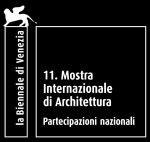



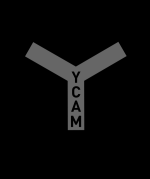


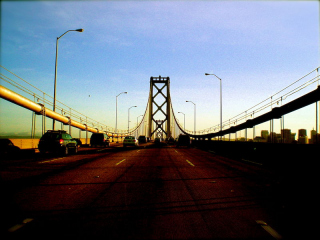
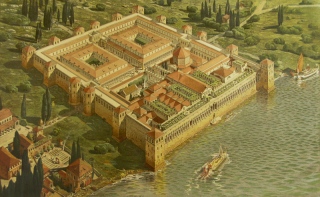
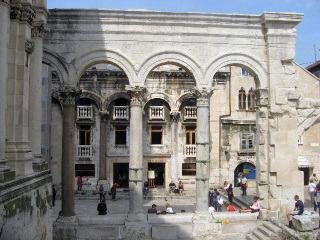
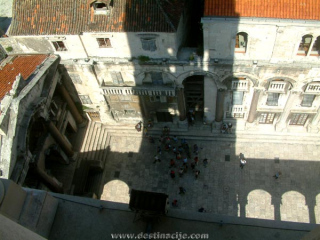
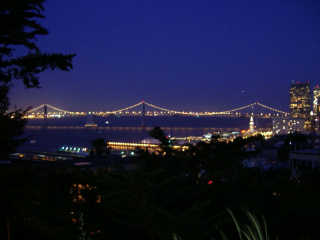

Leave a Reply
You must be logged in to post a comment.